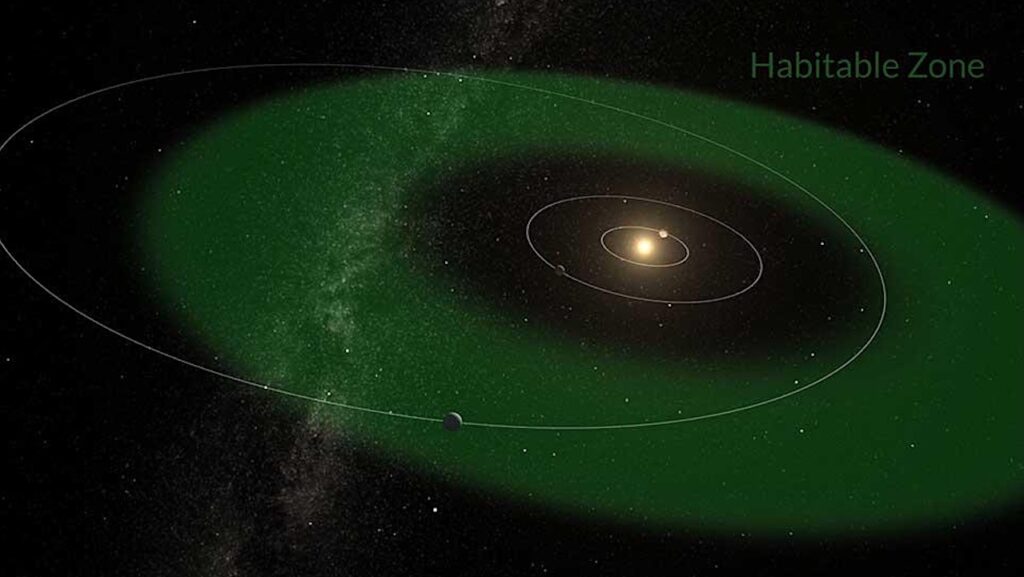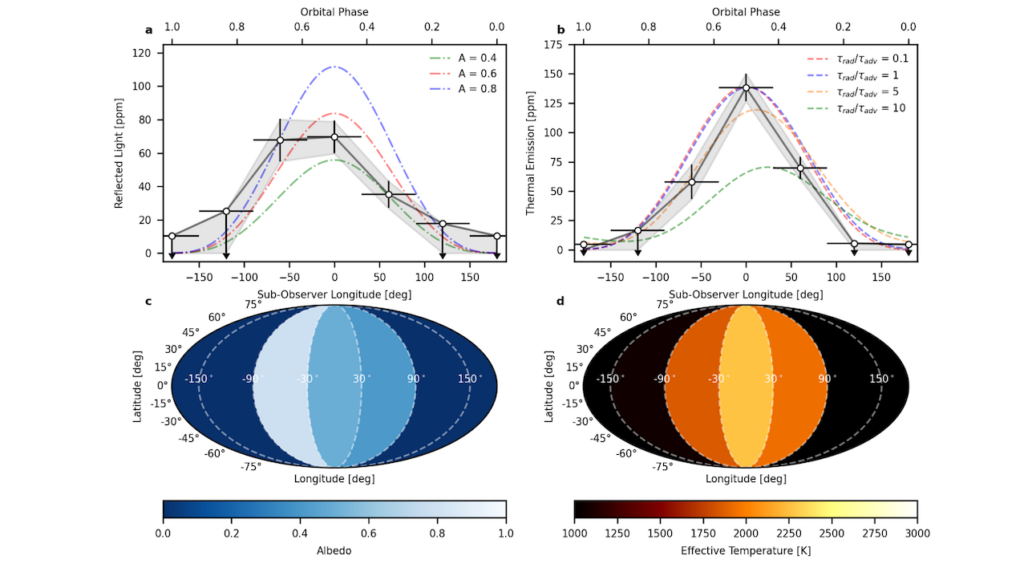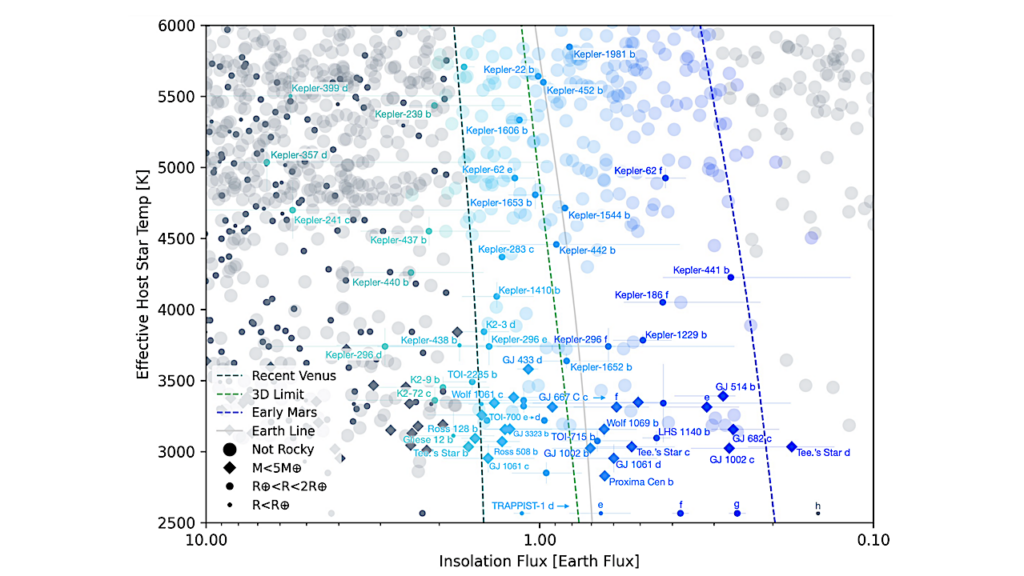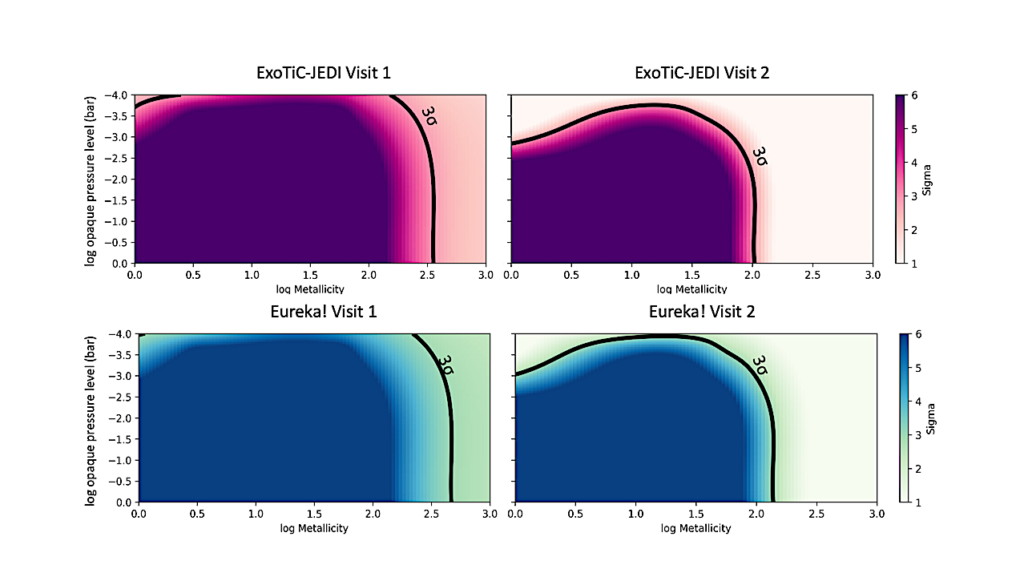Detectability of Planetesimal Impacts on Giant Exoplanets

The detectability of planetesimal impacts on imaged exoplanets can be measured using Jupiter during the 1994 comet Shoemaker-Levy 9 events as a proxy.
By integrating the whole planet flux with and without impact spots, the effect of the impacts at wavelengths from 2 – 4 microns is revealed. Jupiter’s reflected light spectrum in the near-infrared is dominated by its methane opacity including a deep band at 2.3 microns. After the impact, sunlight that would have normally been absorbed by the large amount of methane in Jupiter’s atmosphere was instead reflected by the cometary material from the impacts. As a result, at 2.3 microns, where the planet would normally have low reflectivity, it brightened substantially and stayed brighter for at least a month.
Laura Flagg, Alycia J. Weinberger, Keith Matthews
(Submitted on 2 Sep 2015)
Comments: Accepted to Icarus; 15 pages, 9 figures
Subjects: Earth and Planetary Astrophysics (astro-ph.EP)
Cite as: arXiv:1509.00872 [astro-ph.EP] (or arXiv:1509.00872v1 [astro-ph.EP] for this version)
Submission history
From: Laura Flagg
[v1] Wed, 2 Sep 2015 20:49:27 GMT (392kb)
http://arxiv.org/abs/1509.00872








